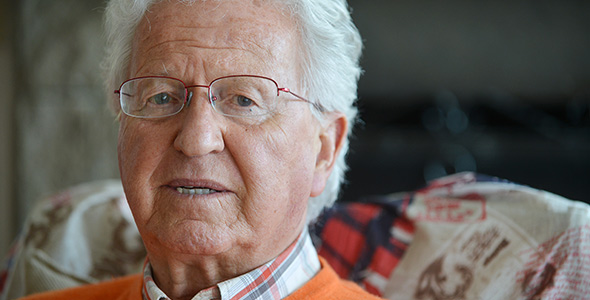Cataract surgery is one of the safest and quickest medical procedures performed in the world today. Performed on an outpatient basis, the surgery itself normally takes only 10 to 20 minutes to perform, to remove the opaque clusters that clump together and cloud the lenses in the eyes. Most cataracts develop as a natural part of the aging process, and cannot be remedied through LASIK surgery or medications.
Thus, the only treatment for cataracts is surgical removal. The total time that patients spend in a clinic or an outpatient surgical department typically ranges from 90 minutes to two hours, with most of the time devoted to surgical preparation and recovery.
The most common procedure used is called phacoemulsification, and is commonly performed under topical or local anesthesia. To remove the cataract, the surgeon makes a small incision in the side of the cornea to insert a tiny instrument that emits high-frequency ultrasound. This breaks up the cloudy debris, which is then gently removed by suction. Next, the surgeon implants an intraocular lens, made of plastic or acrylic to replace the clouded lens. The lens implant usually goes into the posterior chamber behind the iris; although sometimes it is placed in front of the iris, depending on the prescription. After the lens implant, the incision is closed and typically does not require stitches.
Phacoemulsification is performed with smaller incisions than those in earlier types of cataract surgery. The smaller incisions promote faster heating, and reduce the risk of complications such as retinal detachment. Patients wear a patch over the eye for 24 hours following surgery. Recovery time is approximately three weeks; with patients advised not bend or lift anything heavy, or rub the eyes during that period.
Some recent surgeries have been performed with femtosecond lasers, similar to those used in LASIK. While this surgery is more accurate, it considerably increases the cost of cataract surgery, due to the maintenance of the lasers.
Whichever way it’s done, see a cataract surgeon who will do it perfectly. Contact Dr. Goosey today!





